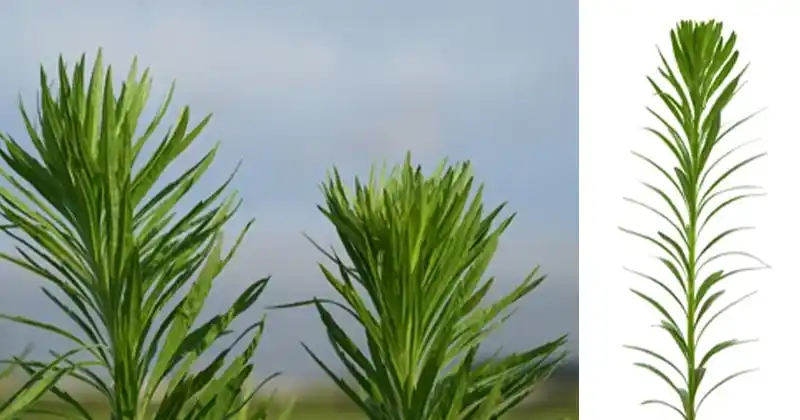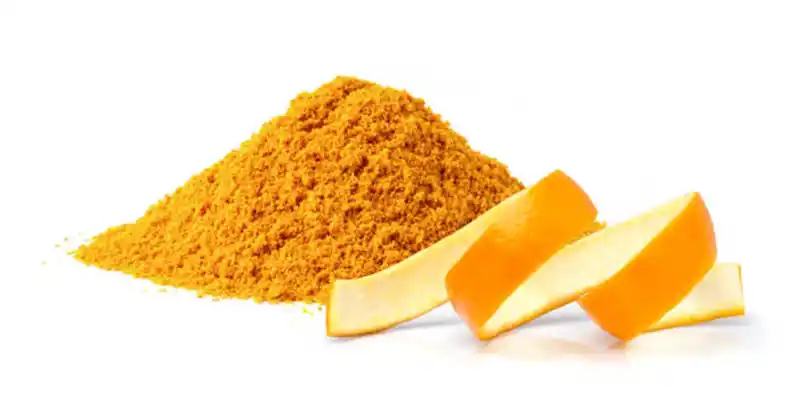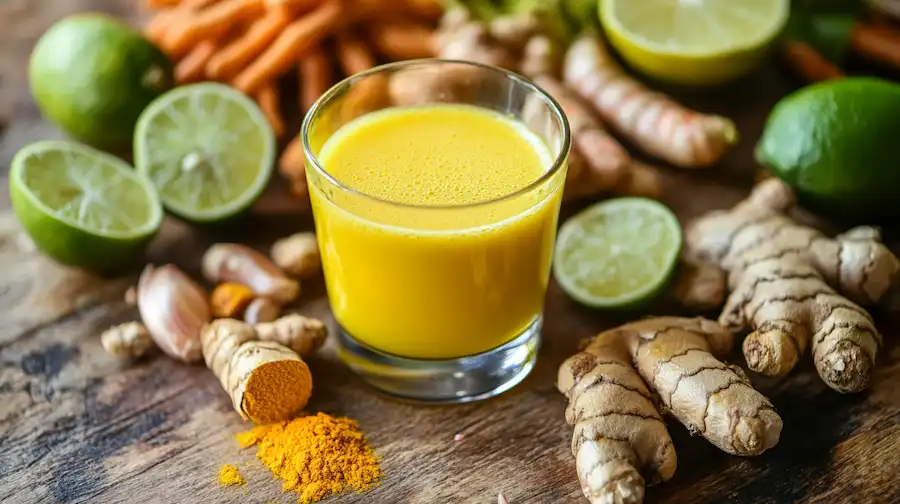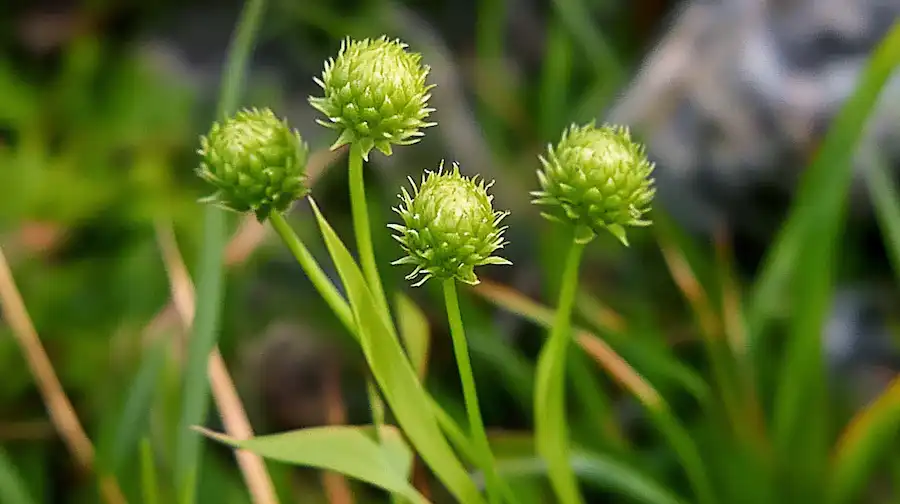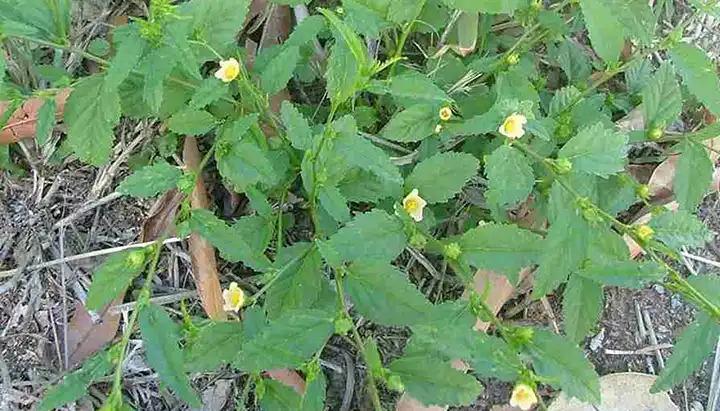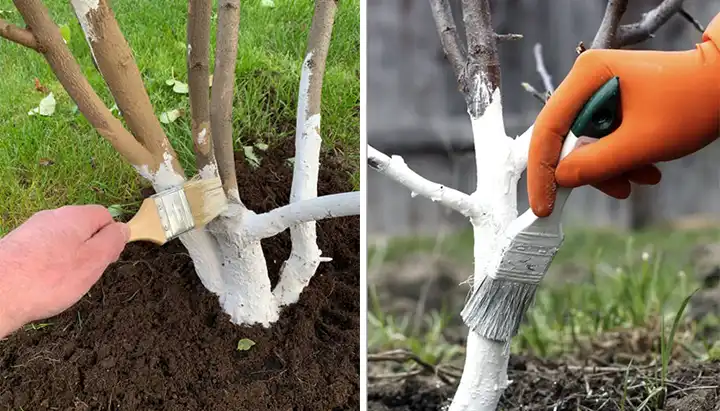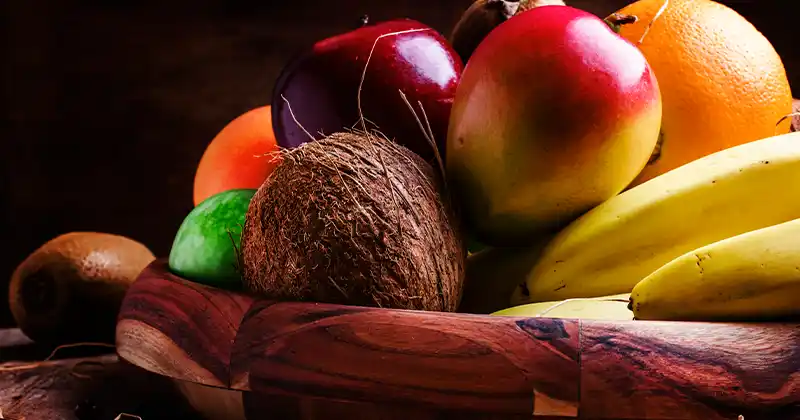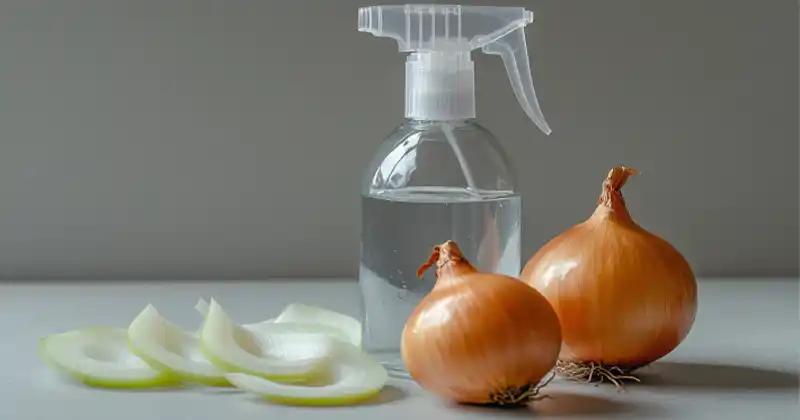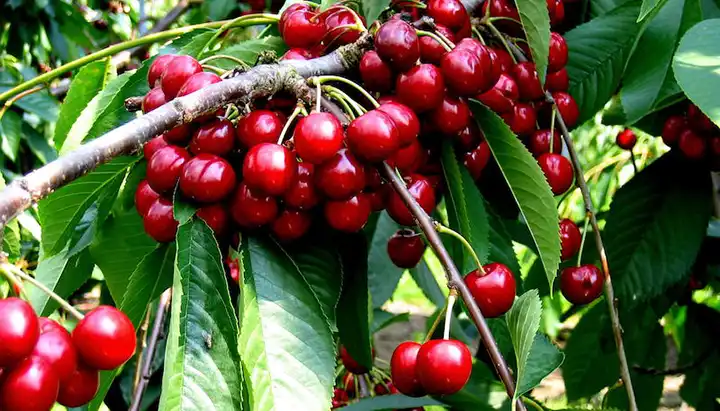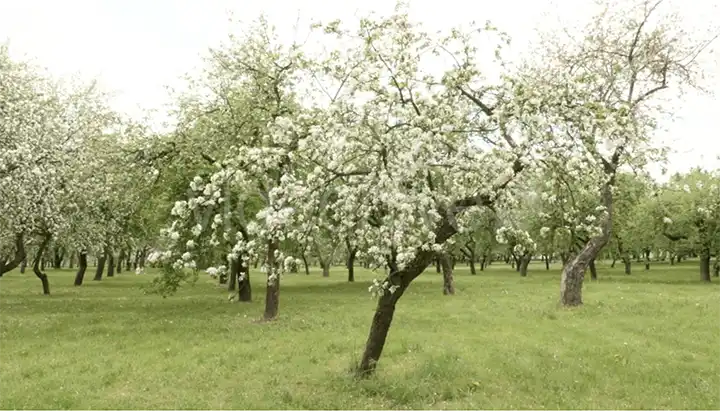Why and When to Top Off Your Tomato Plants & How to Do It
Tomato gardening is both an art and a science, with many techniques that can help you maximize your harvest. One such technique is “topping off” your tomato plants. This practice can enhance your yield, improve fruit quality, and keep your garden manageable. In this article, we’ll explore why and when you should top off your tomato plants, as well as provide detailed steps on how to do it effectively.
Why Top Off Your Tomato Plants?
Improved Fruit Size and Quality
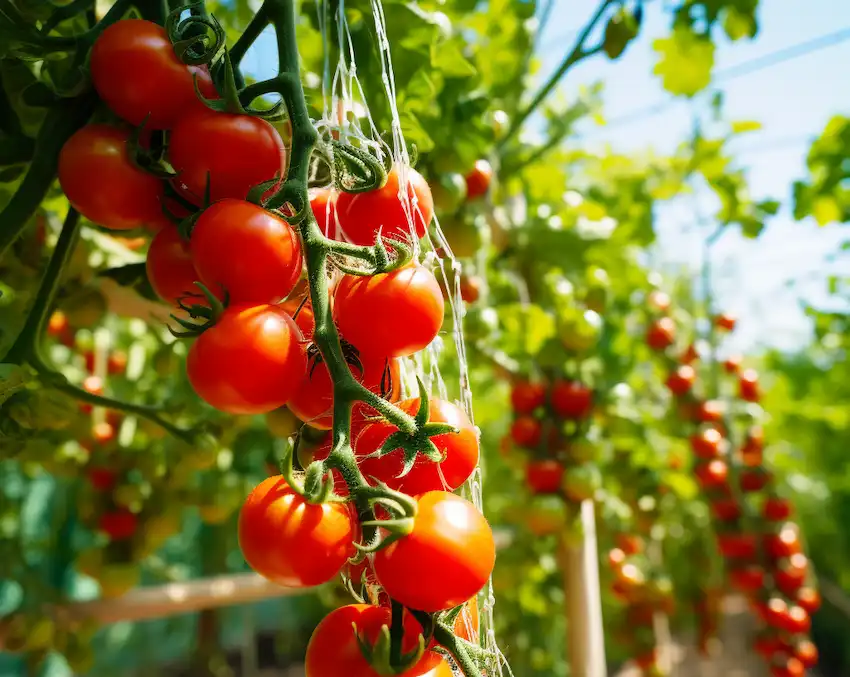
When you top off your tomato plants, you redirect the plant’s energy from growing tall to producing larger and more flavorful fruits. By removing the top growth, the plant can focus its resources on the existing fruits rather than producing new flowers and branches.
Enhanced Air Circulation
Topping off your tomato plants can help improve air circulation around the plants, reducing the risk of fungal diseases. Better airflow can also help the leaves dry more quickly after rain or watering, further minimizing disease issues.
Easier Management
Taller tomato plants can become unwieldy and difficult to manage, especially if you are growing indeterminate varieties that continue to grow throughout the season. Topping off the plants keeps them at a manageable height, making tasks such as harvesting and pruning easier.
Increased Sunlight Exposure
By controlling the height of your tomato plants, you can ensure that all parts of the plant receive adequate sunlight. This can be particularly beneficial in dense gardens where taller plants might otherwise overshadow shorter ones.
When to Top Off Your Tomato Plants
Timing is Crucial
The timing of topping off your tomato plants is essential for maximizing benefits. Generally, it’s best to top off your plants about four weeks before the first expected frost date in your area. This timing ensures that the plant has enough time to mature its existing fruits before the end of the growing season.
Plant Size and Health
Before topping off, ensure that your tomato plants are healthy and have reached a desirable size. Typically, you should wait until the plants are at least 4-5 feet tall. This height indicates that the plant has established a strong root system and sufficient foliage to support fruit production.
Flowering Stage
It’s also important to consider the flowering stage of your plants. If your plants have already set a significant number of flowers and small fruits, topping off can help these fruits develop fully. Avoid topping off too early in the season when the plant is still focusing on vegetative growth.
How to Top Off Your Tomato Plants
Gather Your Tools
To top off your tomato plants, you’ll need a few essential tools:
- Sharp pruning shears or scissors
- Gloves to protect your hands
- Disinfectant (such as rubbing alcohol) to sterilize your tools
Identify the Top Growth
Locate the main stem of your tomato plant and identify the topmost growth. Look for the highest growing point where new leaves and flowers are emerging. This is the area you’ll be removing.
Make the Cut
Using your sharp, sterilized pruning shears, make a clean cut just above a leaf node or set of leaves. This cut should be about 1/4 inch above the node to prevent dieback. Ensure that your cut is clean and precise to minimize stress on the plant.
Remove Any Remaining Flowers
After topping off, it’s a good practice to remove any remaining flowers or small fruits that won’t have time to mature before the end of the season. This step helps the plant focus all its energy on developing the existing fruits.
Monitor and Care
After topping off your tomato plants, monitor them closely for any signs of stress or disease. Continue to provide adequate water, nutrients, and support. Mulching around the base of the plants can help retain moisture and regulate soil temperature.
Supporting the Plant
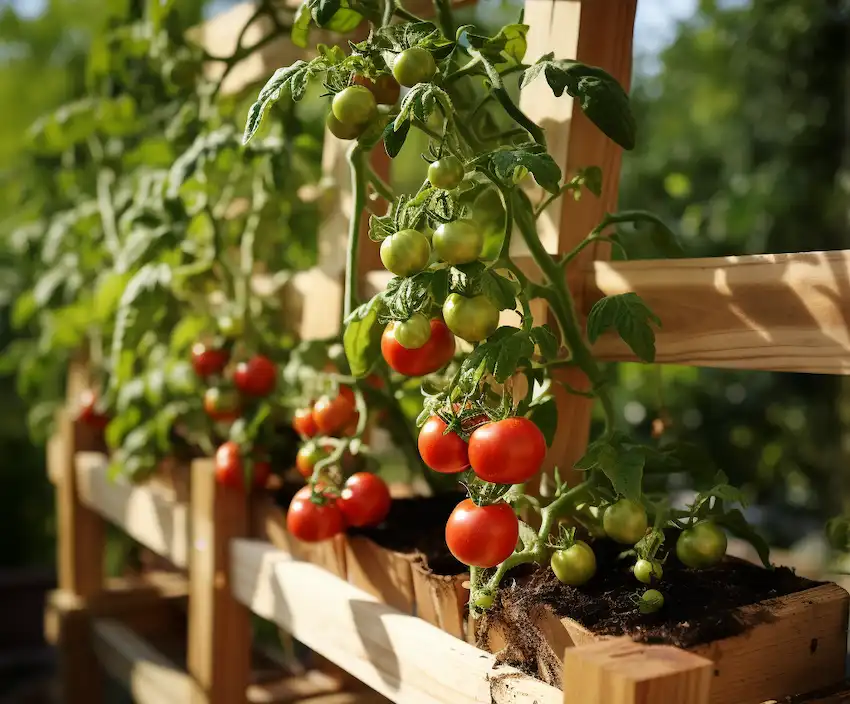
Since topping off can result in a bushier plant, ensure that your tomato plants are well-supported. Use stakes, cages, or trellises to keep the plants upright and prevent branches from breaking under the weight of the fruit. Discover the essential techniques for supporting and training your tomato plants.
Additional Tips for Topping Off Tomato Plants
Consistent Pruning
In addition to topping off, consistent pruning throughout the growing season can help maintain plant health and productivity. Remove any yellow or diseased leaves, and prune suckers judiciously to balance vegetative growth and fruit production. Learn about the benefits of removing lower leaves from tomato plants.
Fertilization
After topping off, consider giving your tomato plants a boost with a balanced fertilizer. Look for a fertilizer with a lower nitrogen content and higher phosphorus and potassium levels to support fruit development. Organic options like compost or fish emulsion can provide a slow-release source of nutrients. Learn how rice water can benefit tomato plants.
Watering
Maintain consistent watering practices to keep your tomato plants healthy. Tomatoes need regular, deep watering to develop strong roots and produce juicy fruits. Avoid overhead watering to reduce the risk of fungal diseases, and consider using drip irrigation or soaker hoses.
Pest Management
Keep an eye out for common tomato pests such as aphids, hornworms, and whiteflies. Regularly inspect your plants and use organic pest control methods like neem oil, insecticidal soap, or introducing beneficial insects to keep pest populations in check.
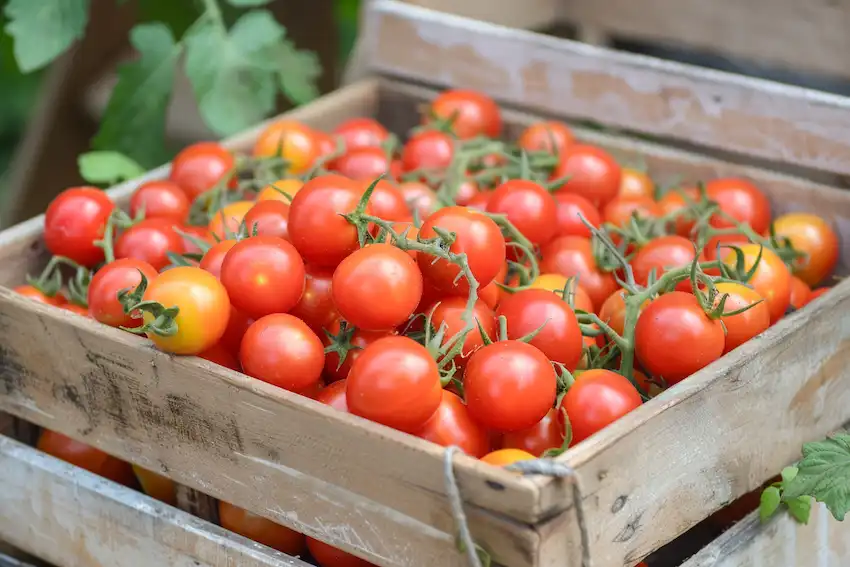
Topping off your tomato plants can be a highly effective technique for improving fruit size, quality, and overall plant health. By understanding the reasons behind this practice, timing it correctly, and following detailed steps, you can enhance your tomato gardening experience and enjoy a bountiful harvest. Remember, successful tomato gardeninginvolves a combination of techniques, including pruning, proper watering, fertilization, and pest management. Embrace these practices, and your tomato plants will reward you with an abundance of delicious, homegrown tomatoes.
For further reading and expert advice, consult gardening books, university agricultural extensions, and reputable gardening websites. These resources can provide additional insights and tailored recommendations for your specific growing conditions and tomato varieties. Learn why tomato plants need cages and more.
